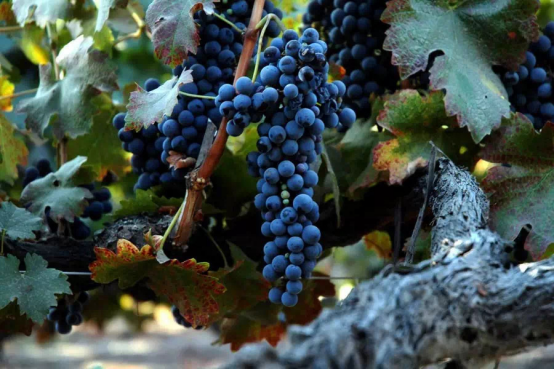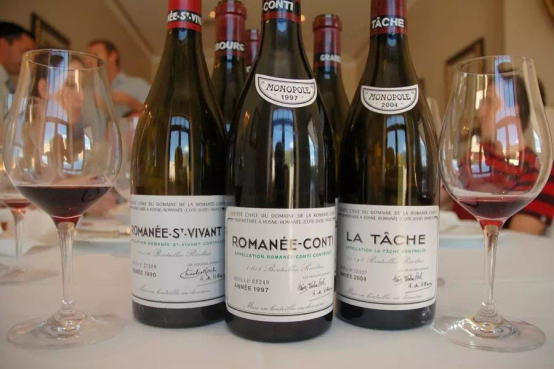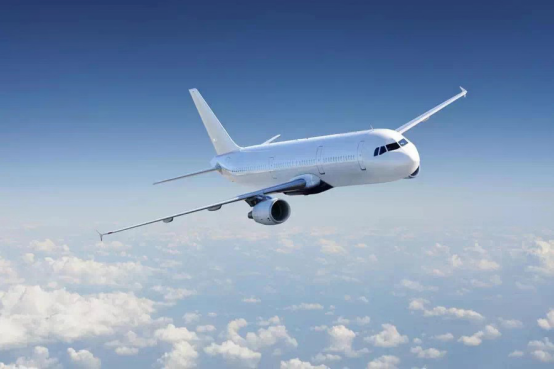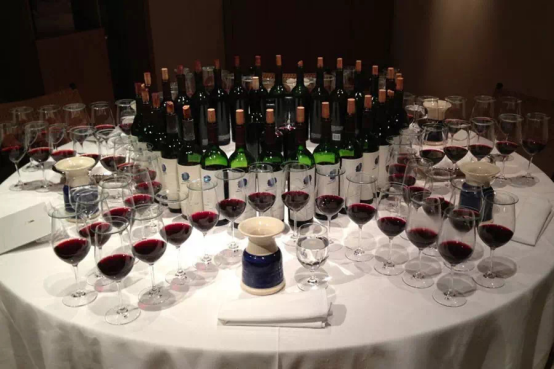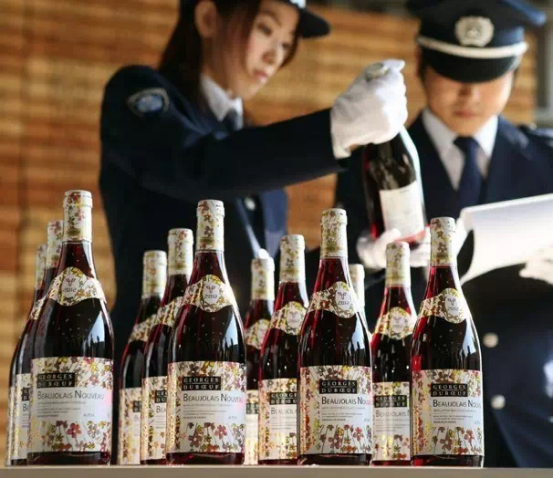How much is the cheapest wine you have ever seen? The most expensive ? I believe that for experienced wine drinker,it is normal to encounter more than a dozen and hundreds of thousands of wines.But for those who are just getting started,you must be guilty :what is the price of wine? Why is the difference so disparity ?
A.Raw material
*10 piece of wine :It is conservatively estimated that a standard bottle of wine will take about 3 pounds of grapes to make .on the other hand ,in the market ,ordinary grapes are more than a dozen pounds .It can be see that this kind of wine is either to reduce the quality in order to pursue the output ,or the tree age is very short ,or the water is too much ,or the fake wine is blended with three fine waters .Naturally,there is no so-called planting cost said.
*Hundreds of thousands of wines :The raw materials of this kind of wine can be said to be much more than 3 pounds ,because before and after the picking ,the workers will carefully select the grapes,and many grapes that do not meet the requirements will be eliminated ,so it costs a bottle of wine ,the grapes may have to reach dozens of pounds. Special craftsmanship also costs more .In the case of the Chateau d’Yquem, a typical representative of expensive rotted wine ,the winery proudly claims that only one glass of wine can be produced per vine.In addition ,the wine of the top-grade expensive wine has a commonality .The wine are of a high age ,and the wines are complex in level.excellent in quality and stable.Moreover , the raw material of this type of wine are carefully cultivated ,and the cost of planting is relatively high,in order to produce the best quality wine .Of course,sometimes the type of variety,the yield of grapes and the cost of land ,and even some weather resistant factors ,will increase the fixed cost of each bunch of bunch of grapes ,and the resulting wines are naturally expensive.
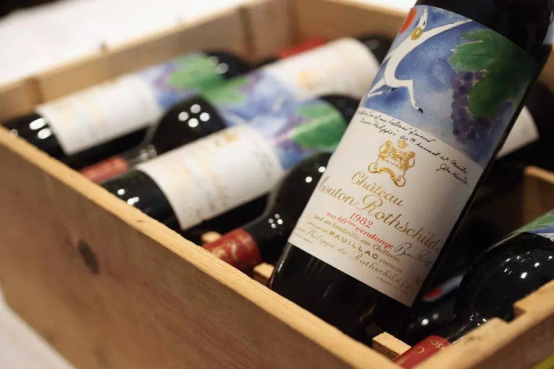
B.Mark
*A dozen pieces of wine :this wine must be mass-produced ,with no winemaking to speak of .In the production process,we neither pay attention to maintenance of varieties or the characteristics of the region ,nor use expensive brewing equipment ,certainly not use oak barrel aging ,after all,the long ripening time will increase the production cost.
*Hundreds of thousands of wines: These wines are often the most extreme performance of a certain variety or production area. The winemaking techniques used by the winemakers are also very mature and advanced. Of course, the winery will also buy the most advanced brewing equipment at all costs. It is a great expense. The cost of buying oak barrels (high quality oak barrels are often expensive and new barrels are used each year), the time cost of aging and the cost of storage are equally distributed to each bottle of wine.
Of course, all of the above can only determine the ex-factory price of the wine. After leaving the factory, there are many factors that affect the price change. Even before leaving the factory, based on the established market supply and demand relationship and the value of the investment collection of wine, it will also drive up the ex-factory price, such as Burgundy wine.
C.Transport
*More than a dozen wines: Most of these wines are sold locally, so you can avoid the cost of long distance or cross- international transportation. If a bottle of more than a dozen wines is also marked as "imported", then you need to consider whether there is a problem with this wine.
*Hundreds of thousands of wines: Expensive wines can be said to be the treasures of the world's wine lovers, so it is unlikely to focus on local consumption. What's more, this kind of wine will almost certainly cross the ocean, and it will pass through many people's hands, and finally reach the consumers' hands. Therefore, the expensive transportation cost will be calculated in the final price, including transportation mode and cost. Time, even the special equipment used in the transportation process (transportation is actually a special storage state, the need to ensure constant temperature and humidity shock) cumulative costs. Some expensive wines may even use more expensive air transportation to avoid the loss of long-distance transportation.
D.Distribution and retail costs
*More than a dozen wines: These wines may be sold directly by the winery, perhaps as much as possible to reduce the number of transfers, so the final consumer needs to share the distribution and retail costs much less.
*Hundreds of thousands of wines: These wines are rarely sold directly by the manufacturer, but will be transferred a few times, distributed at different levels, and each sales route will have different levels of cost surcharge. In addition, when wine is not sold out in the first place, both distributors and retailers are required to bear certain storage costs (including time and space).
E.Distribution labor and administrative costs
*More than a dozen wines: The distribution process is relatively small, and the labor and related expenses are also reduced.
*Hundreds of thousands of wines: During the distribution process, distributors and retailers need to ensure that the wine is always in good condition. Whether in the warehouse or in transit, labor is required for care and transfer, and additional costs associated with warehouse management, equipment purchases, and other risks are added to the final price.
F.Revenue and others
*More than a dozen wines: Wines are subject to certain consumption taxes, sales taxes and value-added taxes when they are traded, so even local wines will increase costs accordingly. Taking into account the cost of wine production and transportation costs, the probability of buying more than a dozen pieces of authentic imported wine is almost zero. Therefore, it is not necessary to talk about tariff issues.
*Hundreds of thousands of wines: Most of these wines are imported, so it is natural to consider tariffs. All taxes, including tariffs (14%), consumption taxes (10%), and value-added taxes (17%), may add up to 50% of the CIF price of wine.In addition, for expensive wines, the added value of the brand, marketing and promotion costs, production, supply and demand, etc., will affect the price of the wine.
